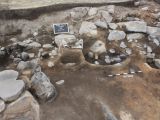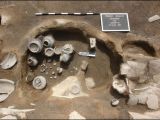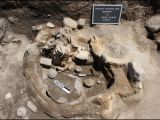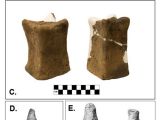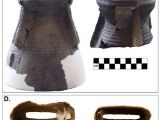A recent paper in the American Journal of Archaeology announces the discovery of three ancient shrines within the confines of a fortress located on a hill close to the town of Gegharot in Armenia.
The shrines were unearthed by a team led by Cornell University researchers Adam Smith and Jeffrey Leon, who estimate them to be several millennia old.
Thus, in the study detailing this archaeological find, the scientists argue that, according to evidence at hand, these ancient sacred places were established in present-day Armenia some 3,300 years back.
The shrines were used to predict the future
While exploring the remains of these 3,300-year-old shrines, the Cornell University archaeologists and their colleagues found plenty of animal bones, statues of what they assume were ancient idols and even censers similar to the ones still used in churches in this day and age.
Besides, the shrines were each found to host a clay basin filled with ash and broken ceramic vessels. Having examined these artifacts, the researchers concluded that, 3,300 years back, these sacred places most likely served to tell the future.
As detailed by Live Science, the archaeologists believe that ancient rulers and priests visited these shrines to drink wine, burn all sorts of substances and, after entering an altered state of consciousness, make predictions about the future.
By the looks of it, the shrines were used for about a century. More precisely, they were abandoned after the fortress housing them, together with other similar settlements in the region, was destroyed during political and military upheaval.
Ancient tips and tricks to telling the future
Archaeologists Adam Smith and Jeffrey Leon say that, hoping to catch a glimpse of the things to come, the rulers and the priests who tended to these shrines would burn and mark sheep, goat and cow bones, and then roll them on the ground just like we do dice.
“You would roll them and depending upon whether the scorched side or the marked side came up you would get a different interpretation,” Cornell University researcher Adam Smith explained this ancient divination practice in an interview.
Other times, they turned to black and white pebbles or to small balls of dough baked into all sorts of shapes to try and figure out what the future had in store for them. Unfortunately, it looks like they failed to predict the demise of this fortress and of the shrines they believed held the key to divination.
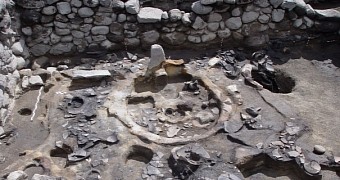
 14 DAY TRIAL //
14 DAY TRIAL // 

